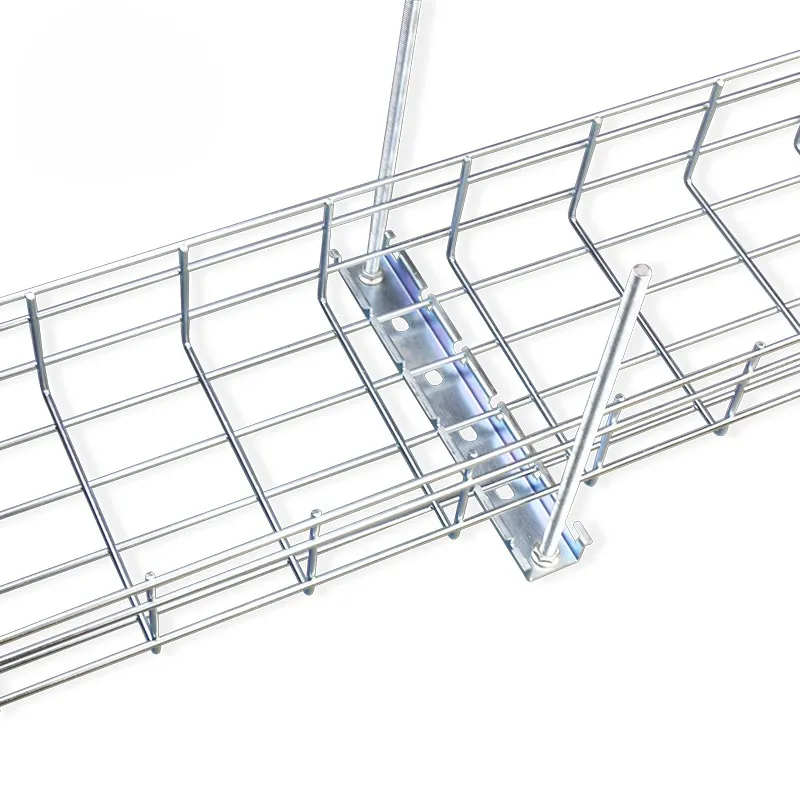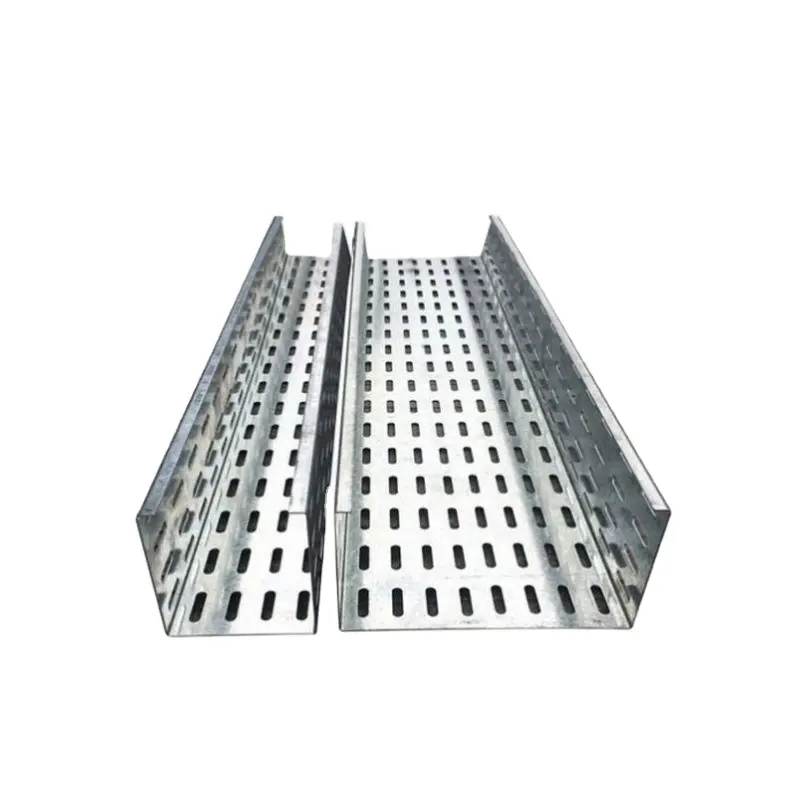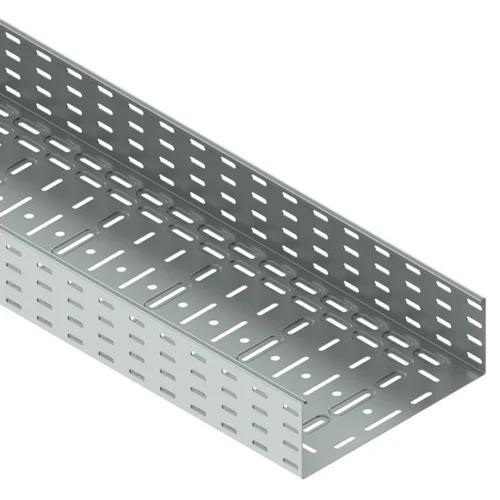Cable tray systems are an essential part of modern electrical installations, providing a structured and efficient means to manage cables in commercial, industrial, and residential settings. Selecting the right type of cable tray is critical as it directly impacts the safety, reliability, and cost-effectiveness of the electrical system. This article explores various types of cable trays, their features, advantages, and applications to help you determine which one best suits your project’s needs.
1. Ladder Type Cable Trays
Ladder-type cable trays are perhaps the most commonly used due to their versatility and robustness. Consisting of two longitudinal side rails connected by equally spaced crossbars, they resemble a ladder, hence the name. This design offers excellent support for heavy loads, good ventilation, and easy access for cable installation and maintenance. They are ideal for power distribution in industrial environments, data centers, and commercial buildings where high-capacity cable management is required.
2. Perforated Cable Trays
Perforated cable trays feature a solid bottom with perforations or slots that allow for air circulation and smoke evacuation in case of fire. This design provides additional protection against dust and moisture compared to ladder trays while still allowing for proper heat dissipation. They are often preferred in sensitive electronic environments like IT rooms, clean rooms, or areas with strict fire safety regulations.
3. Solid Bottom Cable Trays
Solid bottom cable trays provide the highest level of protection against environmental elements such as dust, water, and oil. The closed-bottom design makes them suitable for outdoor applications, harsh industrial conditions, or when running cables through contaminated or wet locations. However, they do not offer the same level of airflow as perforated or ladder trays, so they should be chosen carefully based on the specific requirements and potential risks.
4. Wire Mesh Cable Trays
Wire mesh cable trays consist of a welded wire grid pattern that allows for maximum airflow, making them perfect for high-heat-generating environments. Their open structure enables ease of installation, modification, and visual inspection of cables. These trays are well-suited for telecommunications, computer networking, and other applications where thermal management is paramount.
5. Channel Cable Trays (Raceways)
Channel cable trays, also known as raceways, have a U-shaped profile and can be surface-mounted or embedded into walls or ceilings. They are typically used for smaller-scale projects or where space is limited, offering a compact solution for managing low to medium volume cable runs. They are particularly useful in office spaces, retail stores, or residential buildings where aesthetics and concealment are important considerations.
6. Fiberglass Cable Trays
Fiberglass cable trays are non-conductive, corrosion-resistant, and lightweight, making them ideal for hazardous locations where chemical resistance or non-sparking properties are necessary. They are widely used in chemical plants, petrochemical industries, and offshore platforms due to their exceptional durability under extreme conditions.
7. Aluminum and Steel Cable Trays
Aluminum cable trays are lightweight, durable, and corrosion-resistant, making them a popular choice for both indoor and outdoor use. Steel cable trays, on the other hand, are heavier but provide higher load-bearing capacity and strength. Both materials can be coated with specialized finishes to enhance their resistance to corrosion and weathering, ensuring longevity in different environments.
Conclusion
Choosing the best cable tray system depends largely on the specific demands of your project, including the environment, load requirements, fire safety standards, and future expansion plans. Each type of cable tray has its own unique characteristics and benefits, and understanding these differences will ensure you select a solution that maximizes efficiency, safety, and cost-effectiveness. Always consult with an experienced electrical engineer or contractor who can evaluate your project’s exact needs and recommend the optimal cable tray system accordingly.




